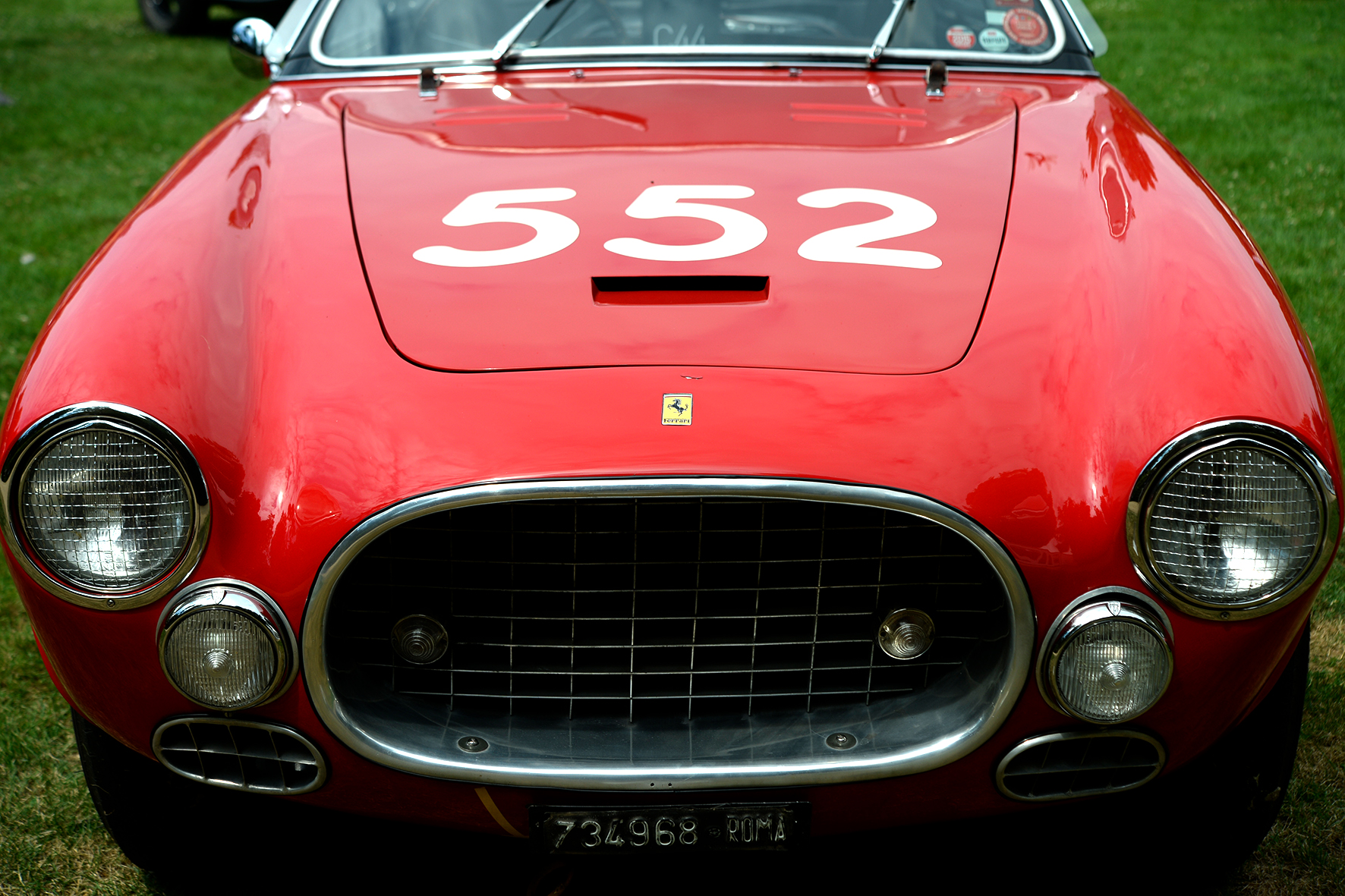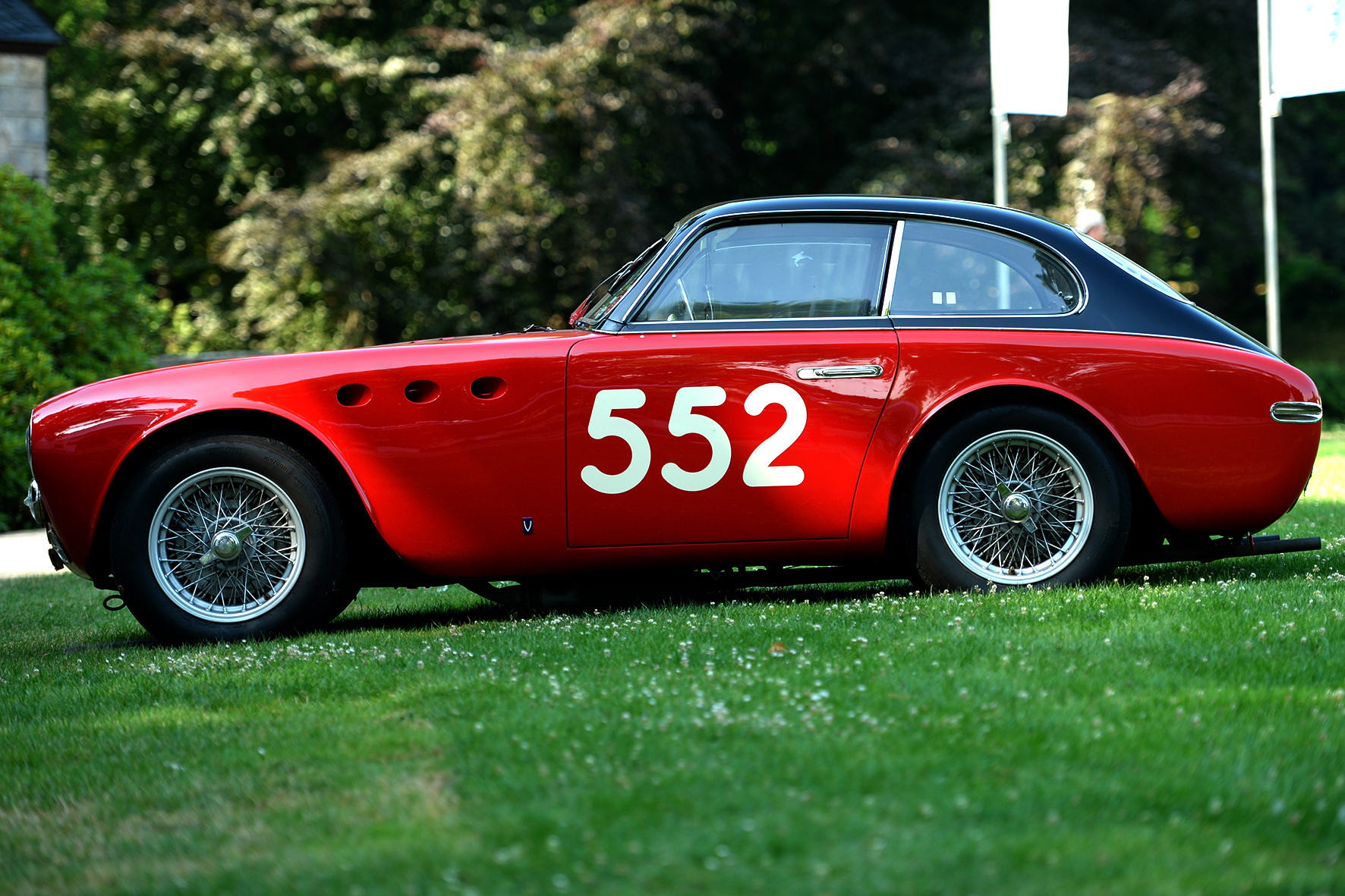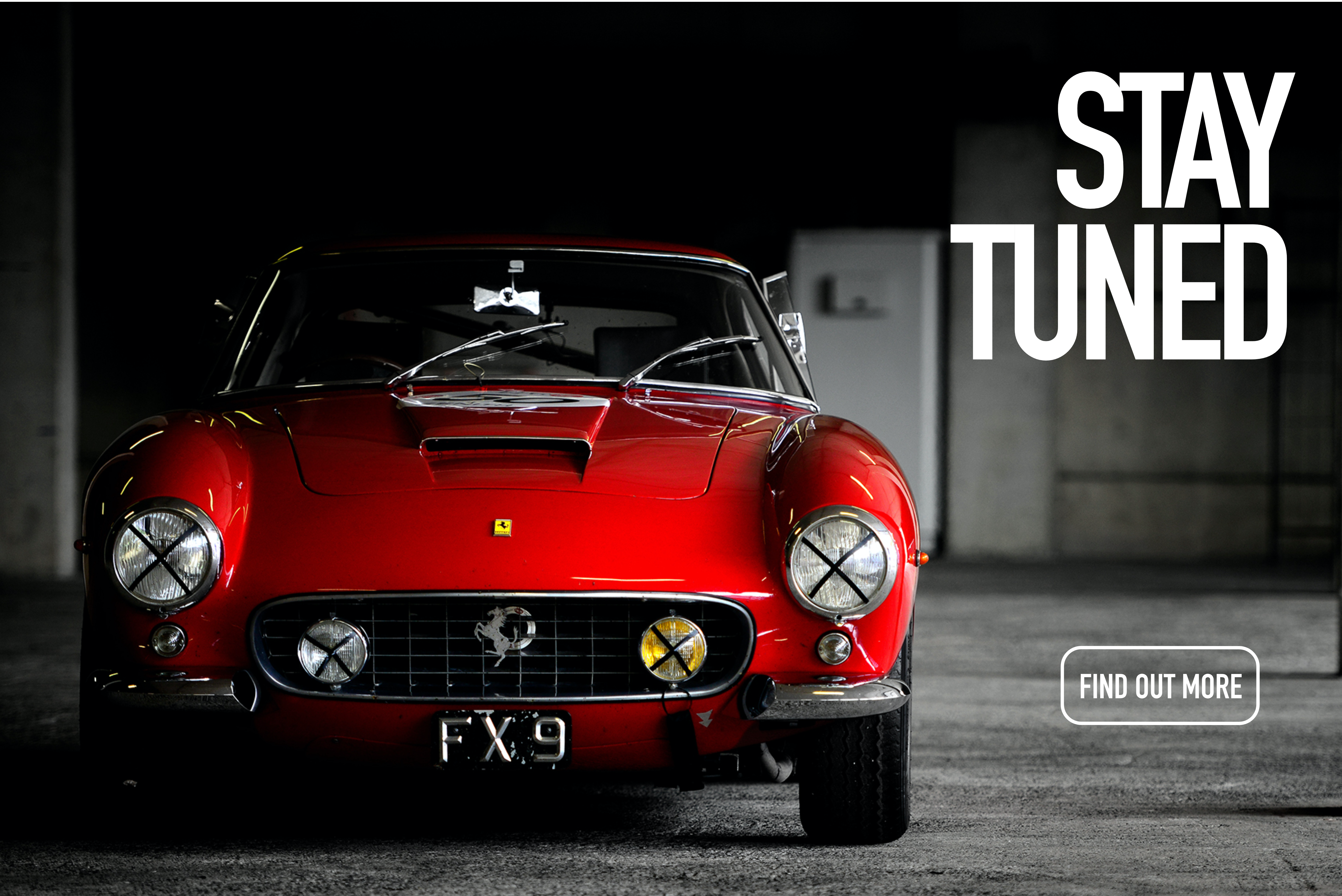1952 was the year of the 225. As the successor of the 212 model Ferrari presented the Type 225 in 1952. In the early 1950’s Ferrari introduced a new model almost every year to keep their opportunities in motor racing alive and stay competitive.
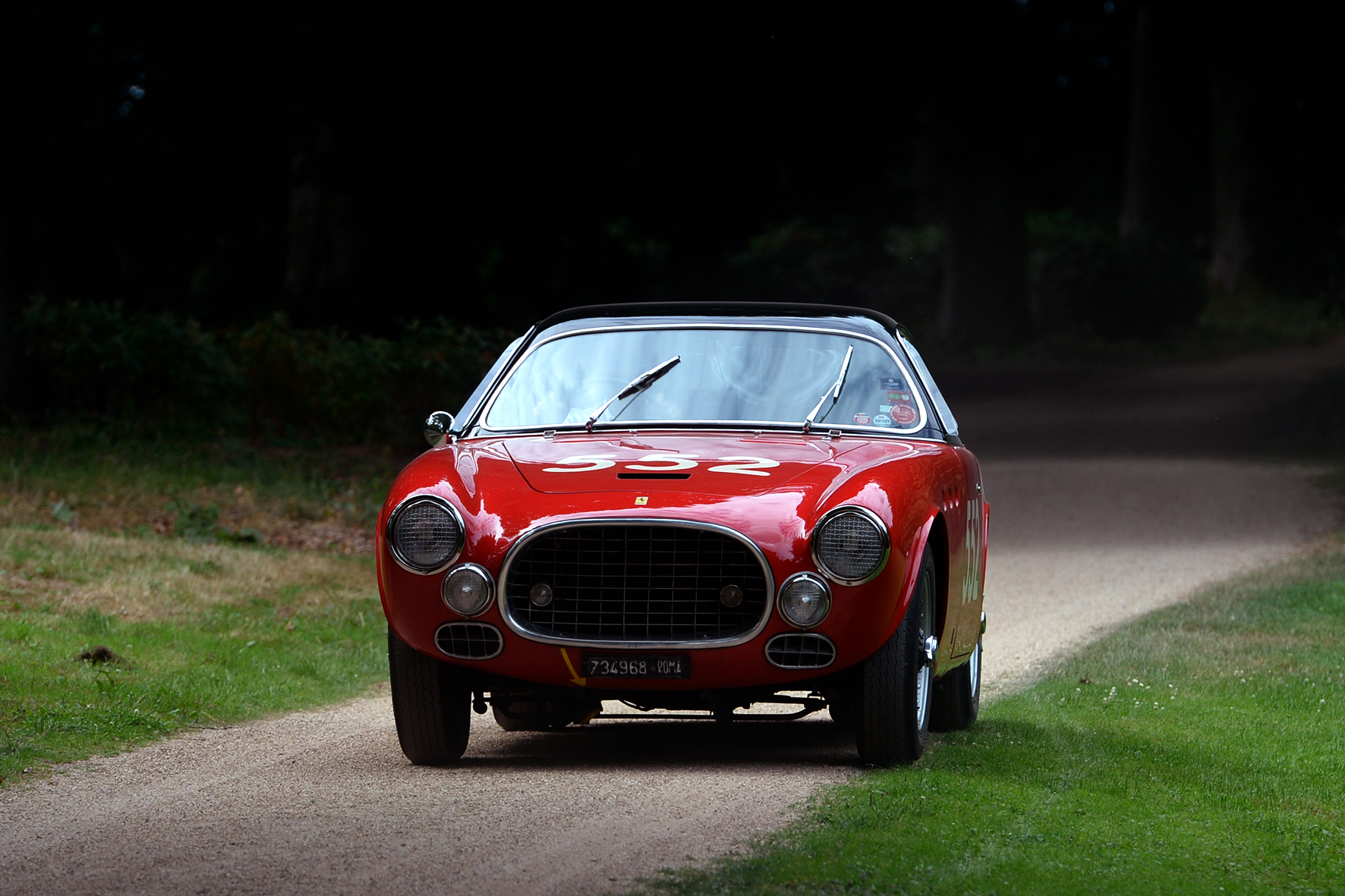
The engine of the Ferrari 225 type was a development of the 212. In these times the type number shows the unitary of displacement per cylinder. In fact it was 226,28 cc. The engine was the Colombo V-12 but with a greater bore of 70 mm. The fact that all 225 models have a pair chassis number, shows that this type of car was created as a race car for the prestigious races in Europe like the Mille Miglia.

The here presented #0170ET started at the 1952 edition of the Mille Miglia with Augusto Caraceni and Franco Meloni. They started the race , but couldn’t finish in Brescia. They reached only the 427th place at the end.

The next race of #0170ET was the Trieste Opicina hillclimb with Raffaele Caraceni behind the steering wheel. He scored second overall and first in class. On July 6th Giulio Caraceni scored a second place overall at the Coppa della Consuma Pontassieve – Passo della Consuma. After two more very good hillclimb results the car scored the Italian Hillclimb Championship the Class Winning Title in 1952.
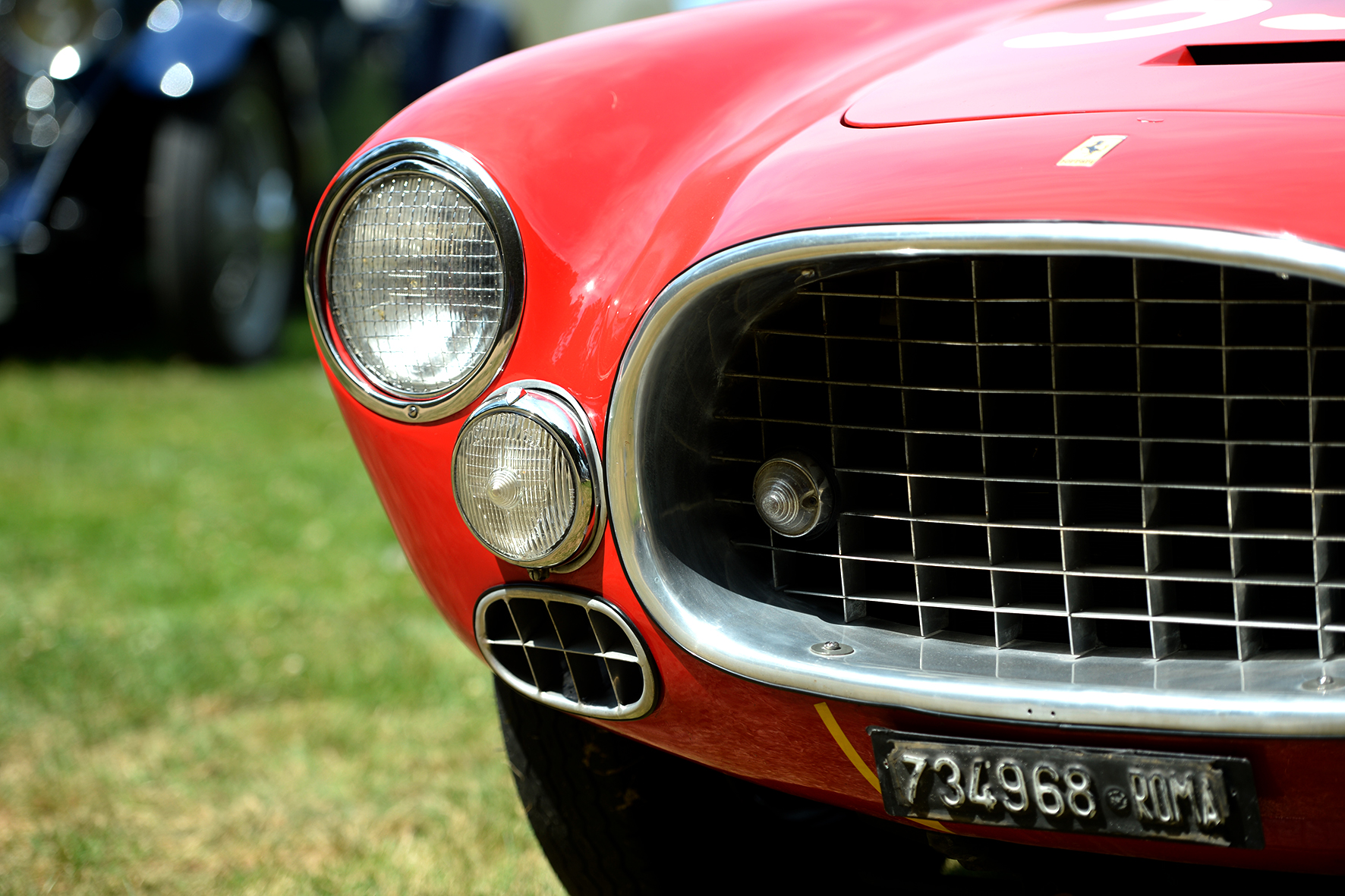
At the beginning of 1950 the Ferrari company started a new relationship with the Carrozzeria Vignale. Since then almost all bodyworks were created at the Carrozzeria Touring. At Vignale Giovanni Michelotti was the head designer, he designed beautiful Berlinettas and Spyders.
The main client of Vignale was the Suderia Ferrari but also private clients with their special wishes and ideas.

As in the year 1952 a total of 34 race cars took part in the Mille Miglia, this represented almost a sixth of the whole year production. The Scuderia Ferrari was a young company but very successful at world-class race events and with selling expansive road cars to rich clients.

In total 21 cars of the 225 S were produced. The only one with a Touring coachwork is #0166ED (Barchetta), 14 Spider were built with a Vignale bodywork. And only 6 Berlinetta. The here shown Berlinetta #0170ET is one of only two „Tuboscocca“. From 1953 to 1964 the car was located in Holland with three different owners. In 1964 it was sold to the US to Stanley Nowak. In 1974 #0170ET was completely restored by Francois Sicard and in 1984 the 225 S was presented for the first time in public by Tom Davis jr. at several locations. In 1988 a 250 GT Tipo 128B engine was installed. Since November 1991 #0170ET is located in Germany and can be seen as a frequent guest at historic racing events like the Mille Miglia and various Concourses.
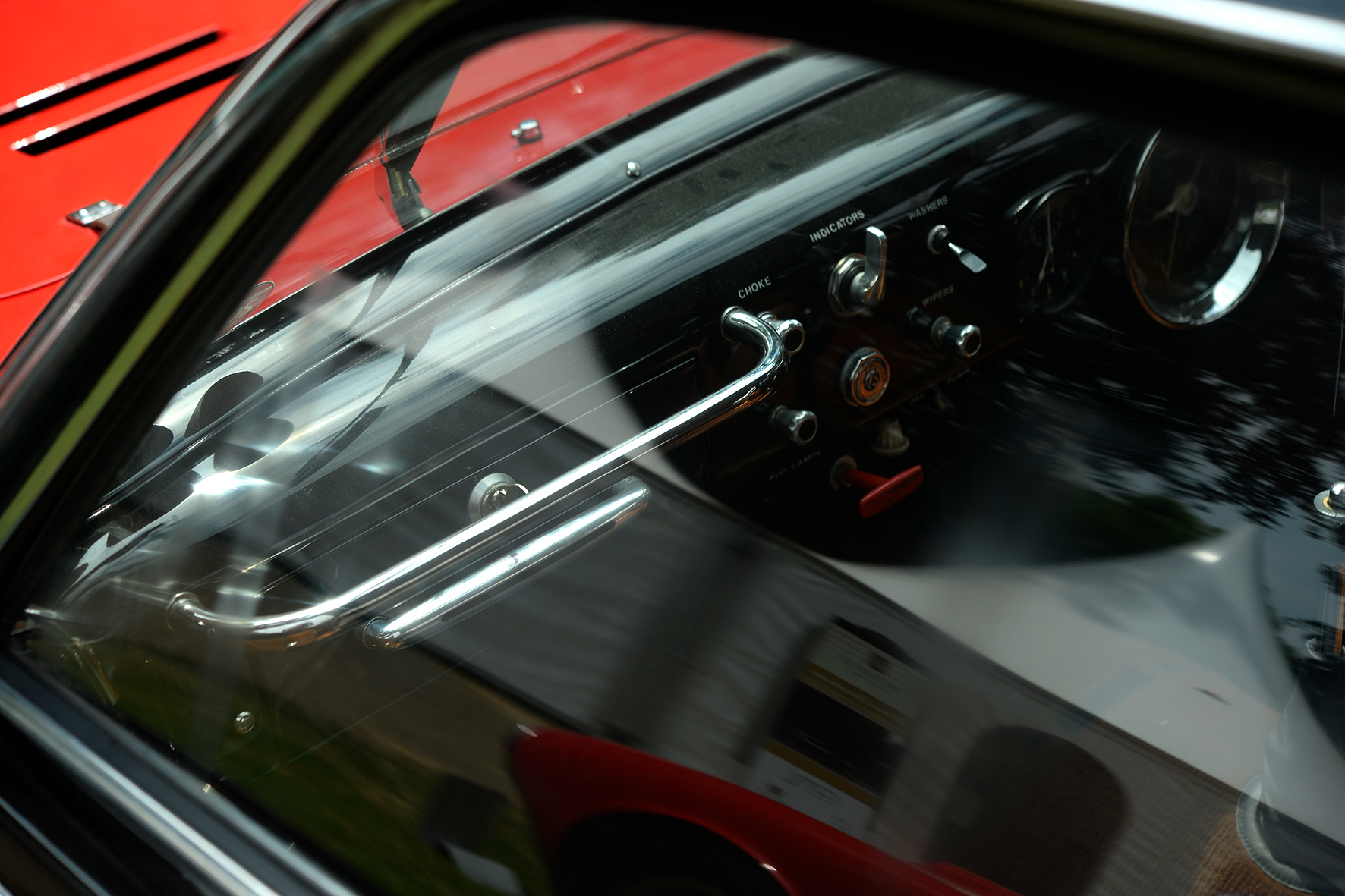
His latest owner, a german gentleman from cologne presented his Ferrari at the 2017 edition of the Masterpieces and Style event at Schloss Dyck nearby Düsseldorf. At this occasion I took the pictures of this wonderful Ferrari 212 / 225 S Tubuscocca Berlinetta Vignale. Find out more about our photographer Ralph Lüker.
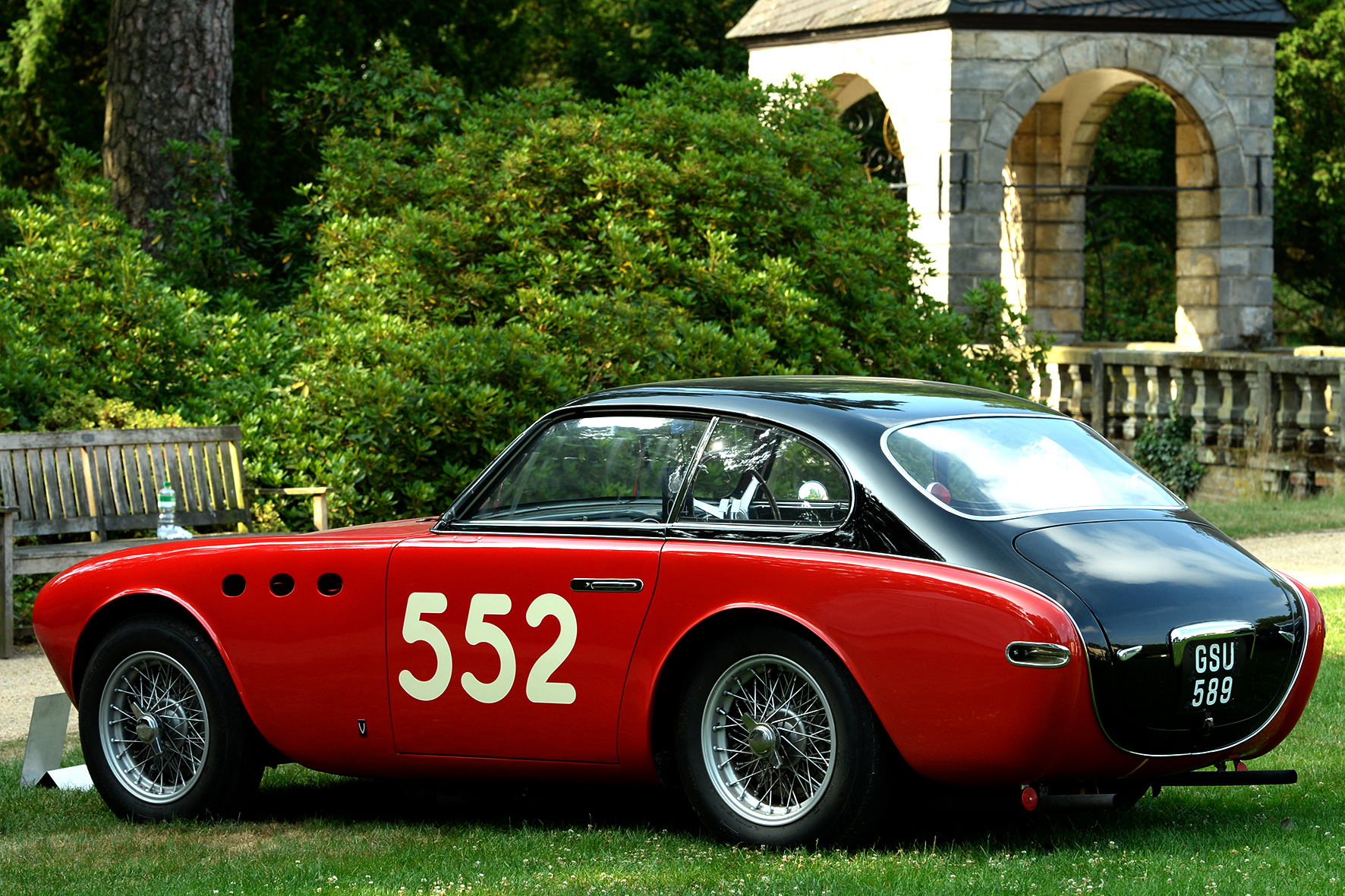
Ferrari 212 / 225 S Tuboscooca Berlinetta Vignale 1952 #0170ET: TECHNICAL SPECIFICATION
MODEL 212 / 225 S
TYPE Gran Turismo
YEAR OF PRODUCTION 1952
TOTAL NUMBER OF BUILD CARS 15 Spider, 6 Berlinetta (one of only 2 Tubascocca)
ENGINE front, longitudinal 60˚ V12, light aluminum cylinder block and head
BORE AND STROKE 70 mm x 58,8 mm
CUBIC CAPACITY CYL. / TOTAL 226,28 cc / 2,715.46 cc
VALVE ACTUATION SOHC per bank, 2 valves per cylinder
COMPRESSION RATIO 8.5 : 1
TRANSMISSION dry, multi-plate clutch, 5-speed gearbox + reverse
HORSEPOWER 210 bhp at 7200 rpm
CHASSIS elliptical-section steel tube
BRAKES Drumbrakes all around
SUSPENSION FRONT independent double wishbones, transverse lower leaf spring
SUSPENSION REAR live-axle, double semi-elliptic longitudinal leaf springs
WHEELBASE 2250 mm
TRACK FRONT / REAR 1278 mm / 1250 mm
WEIGHT WITHOUT FUEL 850 kg



